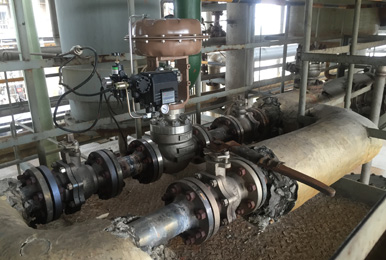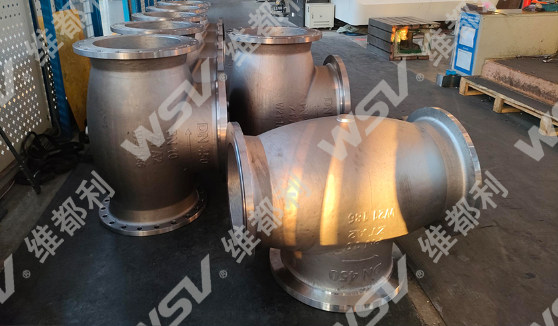Scrapers are essential tools in various industries, from construction to manufacturing. They are designed to remove unwanted materials from surfaces, and their efficiency can significantly impact project outcomes. In this guide, we’ll delve into the types of scrapers, their applications, maintenance tips, and how they interact with materials like geogrid.
What are the different types of scrapers?
Scrapers come in various forms, including hand scrapers, floor scrapers, and industrial scrapers. Hand scrapers are used for small, precise tasks, floor scrapers are ideal for removing adhesives or coatings from floors, and industrial scrapers are designed for heavy-duty applications. Each type is tailored to specific needs and materials.

How are scrapers used in construction?
In construction, scrapers are used to remove excess materials like paint, adhesive, or debris from surfaces. For instance, when working with geogrid installations, scrapers help ensure a clean surface, which is crucial for proper geogrid placement and effectiveness in soil stabilization and reinforcement.
What maintenance is required for scrapers?
Maintaining scrapers involves regular cleaning and sharpening. For hand scrapers, keep the blade clean and sharp to ensure effective performance. Industrial scrapers might require more frequent inspections and part replacements, especially if they are used in harsh environments.
How does the choice of scraper impact the use of geogrid materials?
The choice of scraper can affect the proper installation of geogrid materials. A well-maintained scraper ensures that the surface is adequately prepared, allowing geogrid materials to be laid down smoothly and perform their ultimate function of reinforcing and stabilizing soil.
Scrapers are versatile tools with applications across various industries. Understanding the different types, uses, and maintenance requirements of scrapers can enhance their effectiveness. In construction projects involving geogrid materials, proper scraper use is crucial for achieving optimal results and ensuring the success of soil stabilization efforts.
